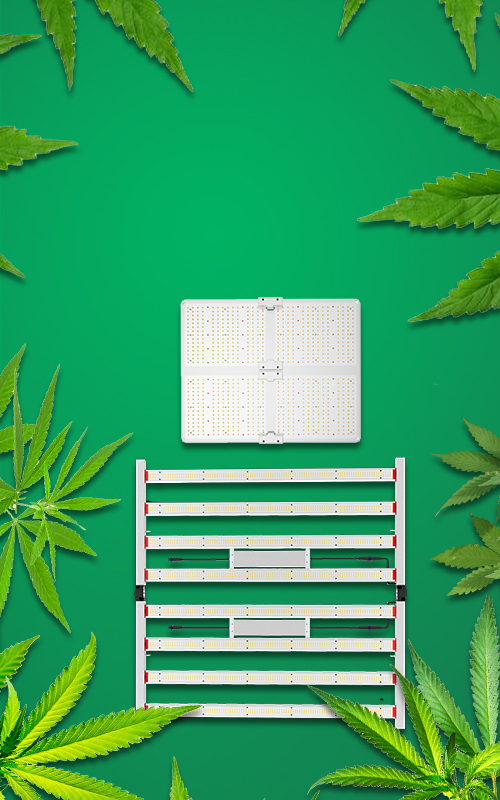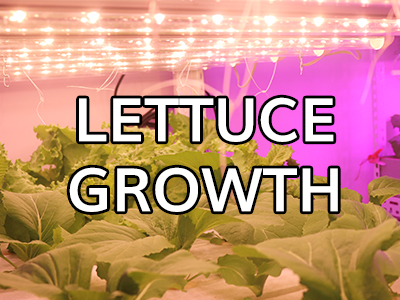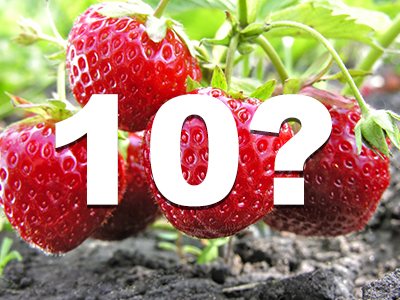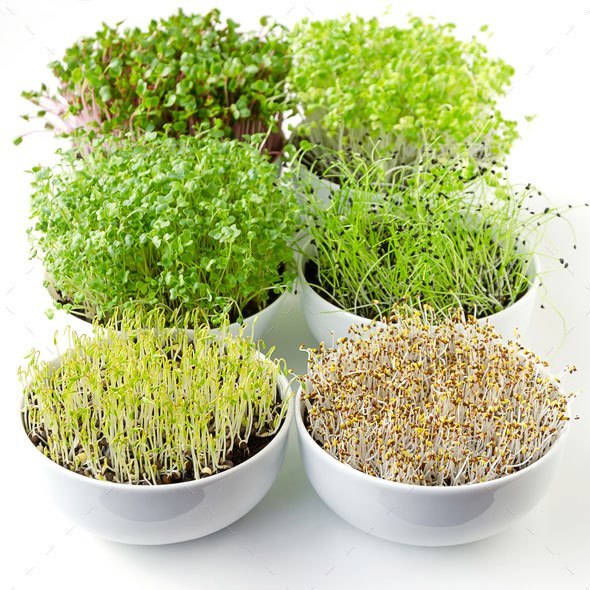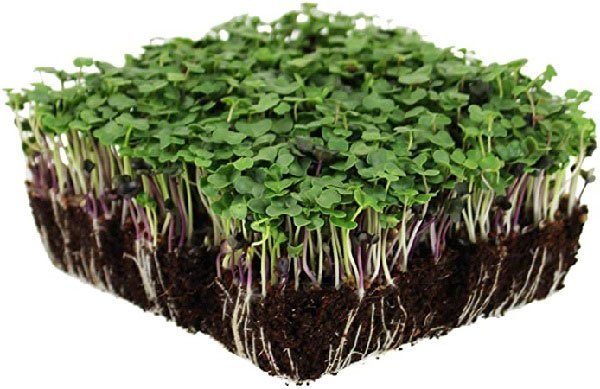Aug 06 , 2024
Do succulents require sunlight
Do succulents need sunlight? The answer is yes! This article details the different light requirements of succulents, including varieties with high, medium and low light requirements, and how to identify signs of insufficient or excessive light. Learn about the best lighting conditions and methods of using LED grow lights to ensure that your succulents can grow healthily indoors.





















